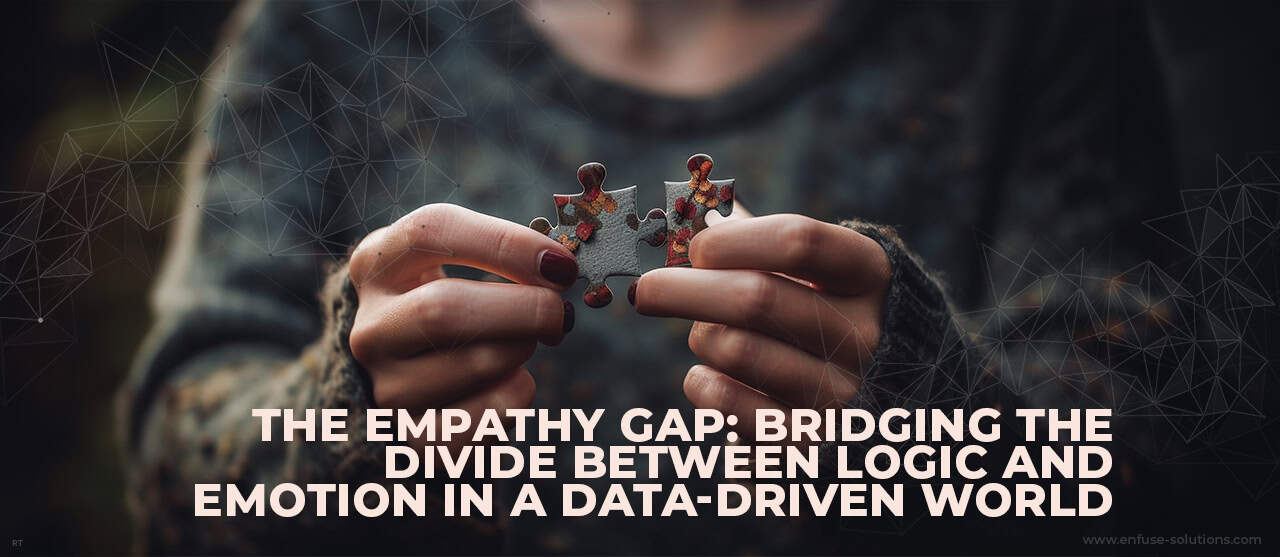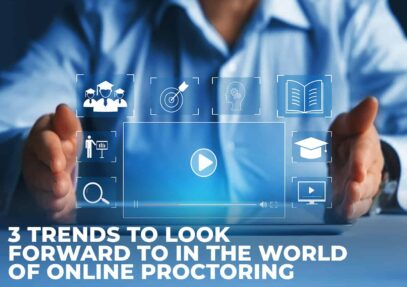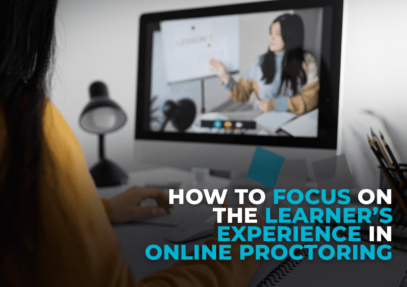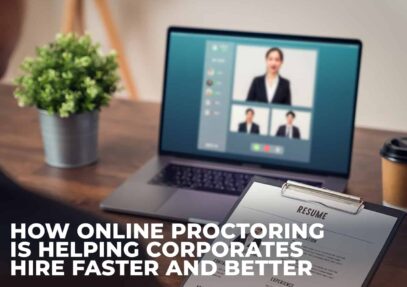
The modern, data-saturated world tempts us to relentlessly chase pure rationality and analytical reasoning in its hustle and bustle. With boundless access to facts and figures readily available at our disposal — the daunting demand emerges based on decisions solely on logic.
This drive towards objectivity, however, has not only deepened the rift between logic and emotion but also resulted in an innate empathy deficit with implications that stretch far beyond individuals or organizations alike.
This blog delves into the concept and effects of the “Empathy Gap” on decision-making.
Understanding The Empathy Gap
Grasping the empathy gap, which is our ability to understand and feel other people’s experiences and emotions, is very important for knowing how humans interact. Logic certainly has a critical place in making decisions within organizations but often overlooks the importance of emotional intelligence.
Although logic aids data analysis and problem-solving effectively, it can lead to disconnects among stakeholders by overlooking the human aspect of situations. Emotions serve as a connecting bridge between individuals, enabling genuine understanding and collaboration.
Consider a scenario where a company observes declining productivity metrics among its employees, logic may suggest implementing stricter policies or increased monitoring. However, digging deeper with empathy may reveal underlying issues such as burnout, lack of motivation, or personal struggles. Organizations can achieve greater success by acknowledging and addressing these emotional nuances alongside logical insights.
Recognizing The Value Of Empathy
Empathy enables individuals to establish a rapport with their peers and foster an atmosphere of belonging within the company. When employees feel acknowledged and esteemed, they are inclined towards greater involvement, drive, and dedication toward their tasks. Ultimately culminating in elevated levels of work satisfaction and overall proficiency. The 2023 EY US Empathy in Business Survey further indicates numerous benefits to empathetic leadership within the workplace, such as:
- Inspiring positive change within the workplace (87%)
- Mutual respect between employees and leaders (87%)
- Increased productivity among employees (85%)
- Reduced employee turnover (78%)
Types Of Empathy
1. Cognitive Empathy
Also recognized as perspective-taking or intellectual empathy, this concept encompasses the understanding of another individual’s viewpoint, thoughts, and emotions without necessarily adopting their emotional state. It necessitates individuals to translate themselves into someone else’s shoes, consider their perspectives, and envision how they might experience a given situation.
2. Emotional Empathy
Also referred to as affective empathy or empathic concern, encompasses the sharing and resonance of others’ emotions. This kind of empathy involves feeling parallel sentiments in reaction to another person’s emotional condition; whether that is joy, sadness, anger, or fear.
3. Compassionate Empathy
Alternatively termed as empathic action or empathic response, surpasses mere understanding and resonance with others’ experiences and emotions, it actively mitigates their suffering or fosters their well-being. This process necessitates the display of kindness, a deep understanding of one’s feelings, and generosity towards others: be it through providing practical assistance, offering emotional support when required — or even extending moral encouragement in times of need.
Strategies For Incorporating Empathy Into Decision-making
- Active Listening: Leaders and team members must employ active listening skills, through this, they can truly understand — even appreciate — the viewpoints, sentiments, and anxieties of their peers.
- Perspective-taking: It demands active immersion in others’ experiences, one must consciously position oneself within their unique journeys, and contemplate the hurdles they face and aspirations they hold dear, all while critically analyzing circumstances from different vantage points.
- Humanizing Data: We must contextualize data within the broader human narrative, acknowledging its representation of personal experiences and emotions; moreover, we need to leverage its empathetic potential, a powerful tool for addressing stakeholder needs and concerns effectively.
Overcoming Challenges
1. Addressing Biases In Data Analysis
Today, organizations place immense reliance on data, as it serves as the bedrock for decision-making and customer comprehension. Yet, a crucial point to note is this data often carries biases, and these can precipitate wrong assumptions and judgments. Consider this instance: a company’s target audience predominantly comprises white males; consequently, their dataset might mirror such bias, potentially causing them to disregard other demographics’ needs and perspectives.
Organizations must actively tackle this challenge by diversifying their data sources and analyzing them critically. This endeavor necessitates the involvement of a diverse group in both data analysis and decision-making processes, thus ensuring consideration of an array of perspectives.
2. Navigating Conflicting Interests
Conflicting interests among team members, arising from either personal differences or varying priorities, invariably exist within all organizations. Such discordance often precipitates a breakdown in communication and teamwork, which are factors that impede the overarching success of an organization.
To surmount this challenge, organizations must cultivate an open communication and respectful culture, they should construct a secure environment for employees to express their concerns, while actively listening to diverse perspectives, and avoiding any form of judgment.
3. Building Empathy-Driven Systems
To overcome the empathy gap within an organization, it is crucial to construct systems driven by empathy. This necessitates the establishment of processes and structures that prioritize understanding and compassion. For instance, organizations should introduce diversity and inclusion training for their employees, as this will enhance their ability to comprehend and value diverse perspectives.
Furthermore, organizations can harness technology to foster empathy and comprehension. VR simulations, for instance, enable employees to immerse themselves in diverse perspectives, as this aids their understanding of potential challenges others might encounter.
Conclusion
Ultimately, successfully navigating the empathy gap within organizations amidst the digitally-influenced realm requires a nuanced equilibrium between logic and emotion. By embracing empathy as a core principle and infusing it into all facets of organizational activities, enterprises can foster inclusive, nurturing climates that facilitate individual growth and collective synergy toward common objectives.
Is your business prepared to evolve into a fully digital enterprise? EnFuse stands as the foremost independent provider, delivering a comprehensive array of multi-faceted outsourced professional and managed services. Through our expertise, we equip our clients with a distinct advantage by enhancing their products, creating remarkable customer experiences, optimizing their teams’ efficiency, and increasing profitability in their operations. Contact us to get started on your journey towards digital transformation.

















Comment